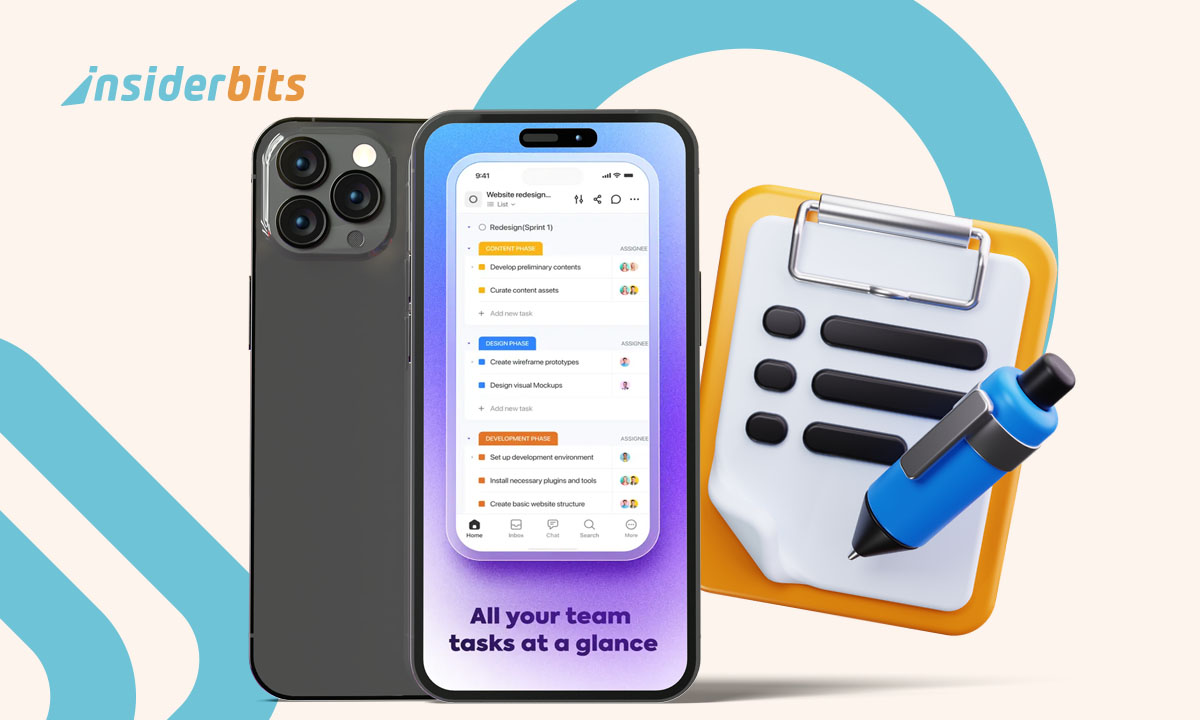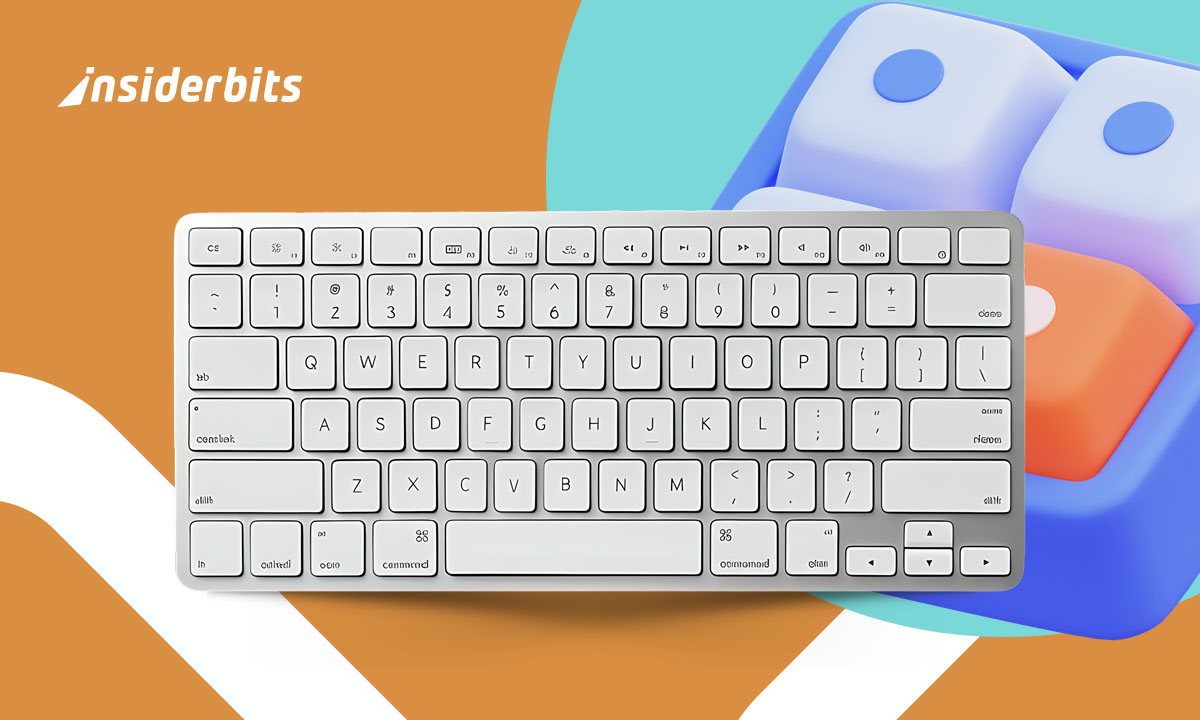ClickUp for organization is a way to build a central hub where teams, projects, documents, goals, and communication exist in only one place. Clickup was built with a workspace that adapts to how you work best, all to replace cluttered systems we are used to. It also offers a structured, yet flexible, environment to handle sprints, OKRs, funnels, daily tasks, and content pipelines.
With customizable views and real-time collaboration, the platform helps users stay aligned, without switching between ten different tabs. Everyone can make good use of this platform, even if you’re launching a product or just organizing personal goals, because ClickUp brings clarity to chaos with a scalable system that grows with you.
- Organisez votre vie numérique : Applications de stockage et d'organisation des données
- Organize Your Thoughts: The Best Mind Mapping Tools of 2025
- Best Apps to Digitize & Organize Physical Documents
How ClickUp for organization streamlines your tasks
ClickUp (iOS/Android) transforms basic task management into a layered system that reflects how real projects evolve.
This app doesn’t rely on linear lists, as it lets users organize their work in folders, spaces, lists, and subtasks.
Consequently, each one of the tasks becomes a hub of activity. By that, it is possible to comment, attach files, assign team members, track time, and create custom fields that fit your workflow.
Moreover, ClickUp removes the need for constant micromanagement by quietly taking care of routine actions behind the scenes.
So, do you need a task reassigned when its status changes? Want a gentle nudge when something’s overdue? The system handles it.
Instead of chasing tasks manually, users can focus on progress while ClickUp keeps the wheels turning automatically.
With fewer tools to manage and more visibility into what’s being done, ClickUp makes task management feel less like juggling and more like steering with clarity.
4.5/5
Task management, docs, and goals in one app
Rather than using one app for writing, another for managing to-dos, and yet another for tracking results, ClickUp is capable of integrating these elements into a unified experience.
This is what makes Clickup a natural shift for users who want to reduce mental overhead and improve context-switching.
In this app, you can collaborate in real time and do all these tasks directly within content.
In ClickUp, goals evolve as the work does. Each objective links directly to tasks in motion, so instead of tracking progress in isolation, users see real outcomes unfolding in real time.
There’s no bouncing between tools or updating separate files, which means less friction and more focus.
Overall, Clickup for organization is focused on planning, doing, and measuring all live in the same space.
Custom dashboards for teams and individuals
Dashboards in ClickUp are not one-size-fits-all—they’re modular and dynamic, built around the specific metrics and views each user needs.
From project managers overseeing delivery timelines to freelancers monitoring their billable hours, dashboards adapt to the person behind them.
Each widget serves a clear purpose. You can view team workload across projects, track completed tasks for the week, highlight blockers, and visualize time spent on different categories of work. It’s a real-time control panel tailored to the user’s role.
Permissions can be adjusted so each team member sees only what’s relevant. For instance, a designer might only see creative tasks and deadlines, while the project owner views budget, time tracking, and progress summaries.
These dashboards replace the need for manual reports or constant check-ins, offering a shared space where visibility, autonomy, and accountability coexist naturally.
ClickUp vs. Asana vs. Monday.com
Many users will find these three different platforms and wonder which one is the best. While all three platforms serve project and task management needs, ClickUp is highlighted through its depth of customization.
First of all, we need to say that all these tools and platforms will help everyone looking to streamline organization.
That said, you must know Asana (iOS/Android) shines with its clean design and intuitive interface, making it great for lightweight collaboration and ideal for beginners.
Meanwhile, the lesser known Monday.com (iOS/Android) focuses on visual workflows and team alignment, especially in marketing and creative teams.
ClickUp, however, offers more control over every layer of your setup, from statuses and automations to layout and permissions.
Also, many of ClickUp’s most powerful features are available in its free plan, making it a wise choice.
For those who want to centralize tasks, documents, sprints, and reporting into one system, and customize everything along the way, ClickUp for organization is capable of delivering flexibility without fragmentation.
4.5/5
ClickUp for organization: master your workflow – Conclusion
ClickUp for organization is a new way to think about productivity. By combining all workflows in one adaptive system, it helps individuals and teams build clarity into every project, adjusting to your style without forcing you into rigid systems.
Its strength lies also in how everything connects, since the platform eliminates digital noise by bringing all the moving parts of your day into one clear, customizable view.
If your current setup feels fragmented or hard to manage, ClickUp offers a unified workspace that’s flexible, intuitive, and ready to grow with your goals.
En rapport : Organisez votre vie numérique : Applications de stockage et d'organisation des données
Enjoyed this article? Save the Insiderbits blog to your favorites for the latest tools, creative tech tips, and photo editing breakthroughs.





